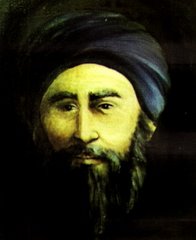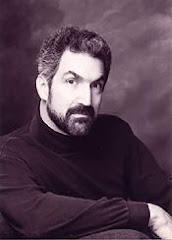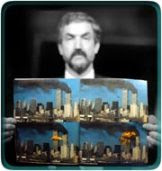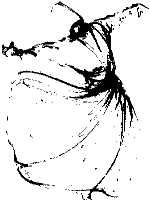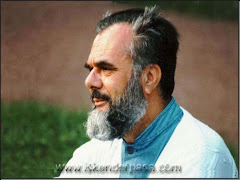
Crikey readers must grow tired reading about the smallest roaring mouse among that 1.5% of Australians who tick "Muslim" on their Census forms. Yet readers of The Oz apparently just can’t get enough.
Today’s report concerns the alleged takeover of a tiny mosque servicing hardly 600 people in Newcastle, north of Sydney. Dick Kerbaj reports the "moderate" leadership were deposed by "hardline" newcomers. Gee, that says a lot.
Apparently former Newcastle Muslim Association president Yunus Kara is concerned a group of overseas students make home visits to ordinary Muslims to preach their beliefs.
On the basis of this, Kerbaj speculates:
This home preaching may suggest that the appointment of a new imam is not an immediate priority of the new leadership.Really?
Kerbaj should know that many metropolitan, regional and rural mosques don’t have imams. Having a basic understanding of Muslim religious ritual means he’d know virtually anyone can lead a prayer service. A full-time imam is a luxury many mosques don’t need and (in many cases) cannot afford.
You really have to wonder whether this saturated coverage of every tiny mouse that roars inside Australia’s Muslim communities makes any difference to Australians of any faith and no faith in particular. Let’s face facts. Muslim folk hardly make up 1.5% of the population.
Further, The Oz’s reporting tends to be so meaninglessly stereotypical (with words like "extreme", "hardline" and "moderate" thrown around like clothes in a dryer) that one wonders whether the goal is just to keep Muslims somehow in the news.
I spoke to the former President of the Newcastle Muslim Association, Yunus Kara, some four weeks ago about the issue. He acknowledged the caretaker imam Bilal Kanj was not a trained "sheik" but rather was a young student associated with a Lebanese sect known as "al-Ahbash". Kara acknowledged that many Muslims regarded the al-Ahbash as a fringe cult, but he preferred their beliefs to those of the Wahhabis.
And what are these beliefs? What are the theological nuances that distinguish these groups? How does this play out in the real world of Muslim congregations?
Perhaps Kara’s most telling answer was when I asked him how many Muslims attend his mosque for Friday prayer. He said around 150.
150. Out of 600. Kara, Kerbaj, Kanj & Ko may be interested. But the rest of Novocastrian Muslims are too busy getting on with life in the real world.
First published in the Crikey.com.au daily alert on 20 March 2007. Crikey is a superb source of news, commentary, gossip and lots of other interesting stuff. It is widely read by journalists, parliamentarians, staffers, editors, academics and an assortment of other persons with far too much time on their hands. To subscribe, click here
Words © 2007 Irfan Yusuf
Bookmark this on Delicious






